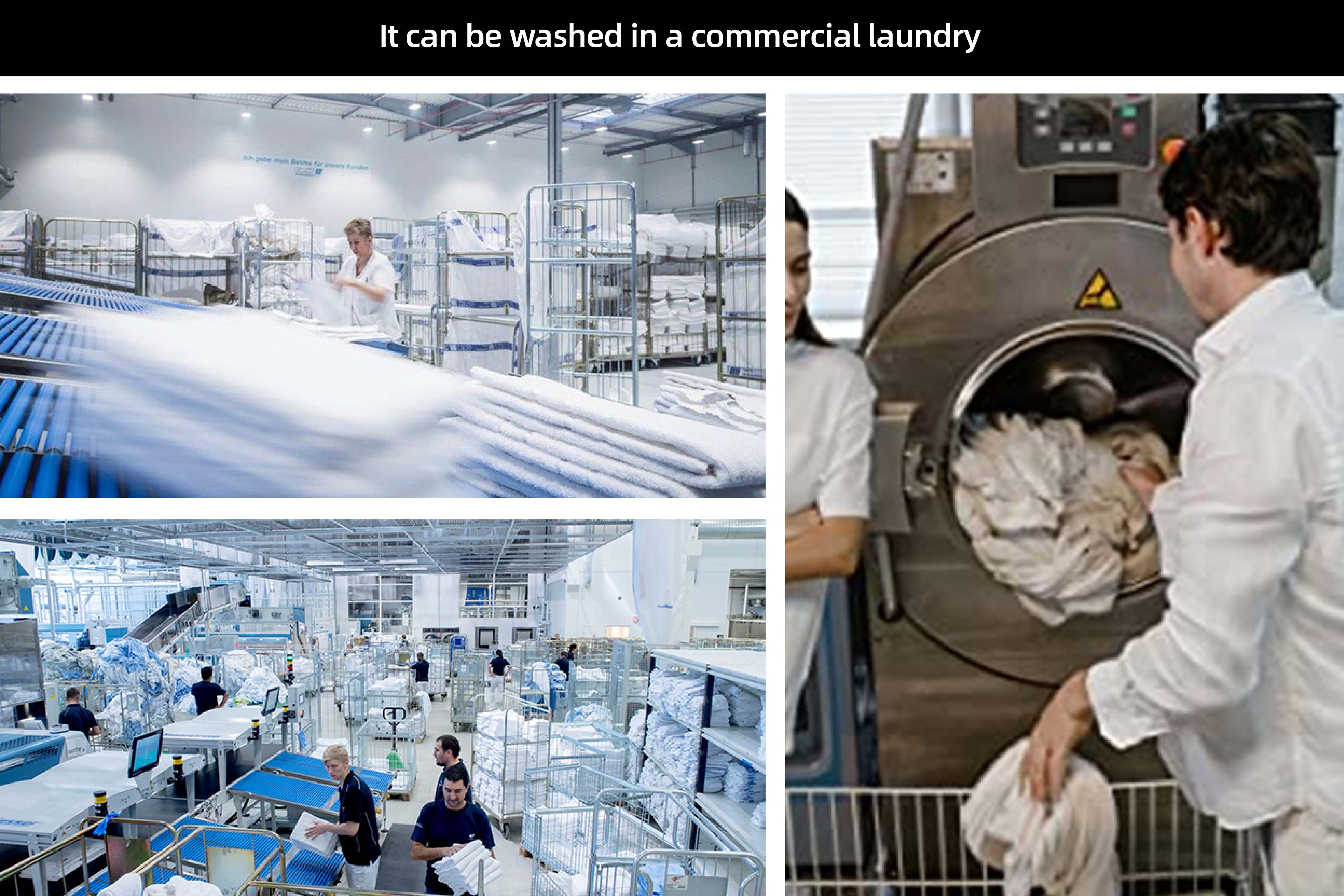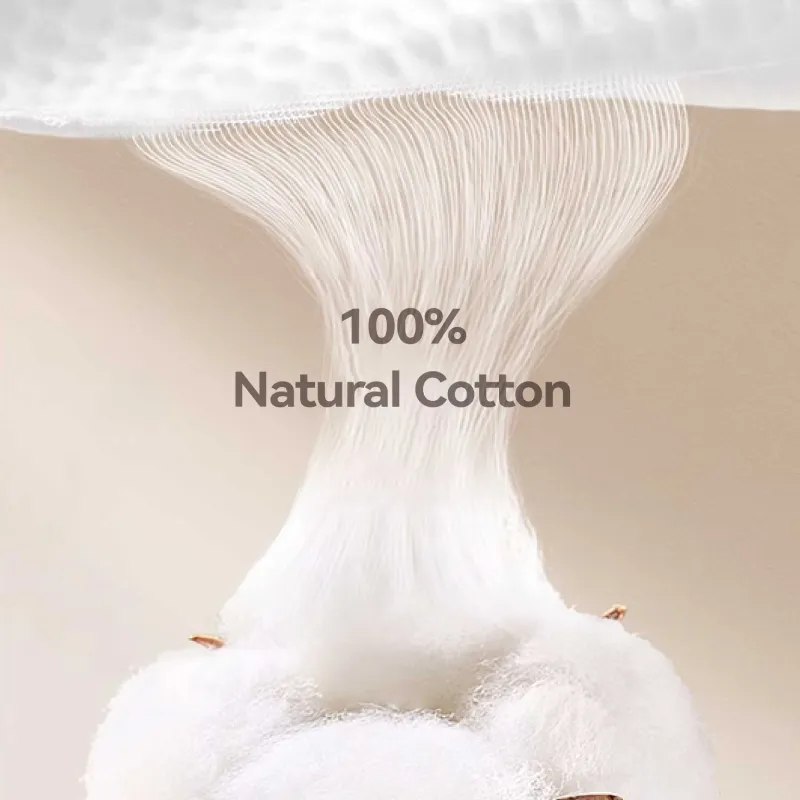Bamboo:Bamboo is an increasingly popular material for sheets and other bedding. It is a synthetic material made from the pulp of bamboo. To create this fabric, the bamboo can either be physically mashed into pulp or chemically processed. In either process, the cellulose of the bamboo is extracted, spun into thread, and then woven into fabric. This type of fabric is known as a viscose or rayon and can be made with a wide variety of source materials aside from bamboo.
...
2025-08-14 08:26
1145
 Available in a range of colors and patterns, these comforters can be a delightful addition to any decor, adding a touch of sophistication and elegance to your sleeping space Available in a range of colors and patterns, these comforters can be a delightful addition to any decor, adding a touch of sophistication and elegance to your sleeping space
Available in a range of colors and patterns, these comforters can be a delightful addition to any decor, adding a touch of sophistication and elegance to your sleeping space Available in a range of colors and patterns, these comforters can be a delightful addition to any decor, adding a touch of sophistication and elegance to your sleeping space